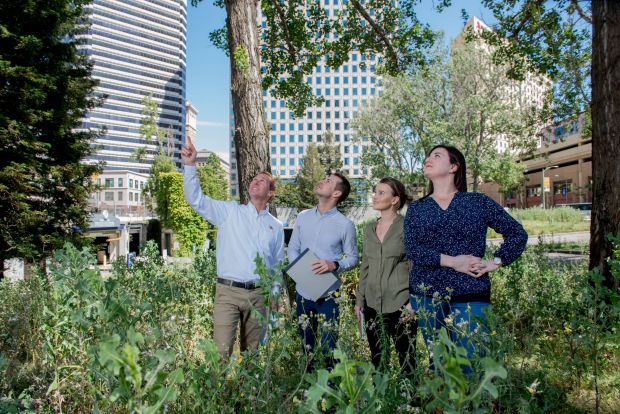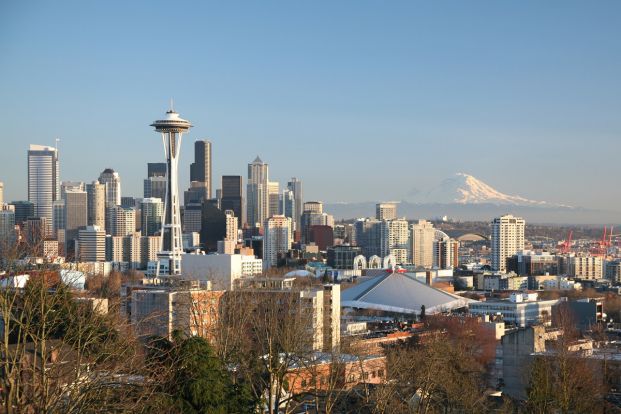The Value of Trees in an Urban Environment
More than half of the world’s population now lives in urban towns and cities. Due to socio-economic factors, this number is only expected to increase. In most situations, the rapid expansion of cities takes place with little if any planning, leading to disastrous consequences for nearby forests and green areas, increasing pollution, and decreasing the availability of food and other natural resources.
With tree planning and management, trees can reduce these adverse effects, even with the amplification of these issues from climate change. In fact, the value of trees and green spaces in the urban environment is so great that many areas are beginning to look at ways to increase their tree count. Just what makes urban trees and plant life so valuable?
The Environmental Benefits of Trees
Trees absorb carbon, fighting climate change
Mature trees can absorb hundreds of pounds of CO2 annually. Trees sequester and store atmospheric CO2, using it during photosynthesis to produce sugars for energy, and releasing oxygen as a by-product.
Trees filter pollutants from the air
Trees clean the air, absorbing dangerous contaminants like carbon monoxide, ozone, nitrogen oxides, and sulfur oxides and filter out fine particulates like smoke, dust, and dirt.
Trees cool the air, decreasing the “heat island” effect
Strategically placed trees can reduce the “heat island” effect, cooling the surrounding air between 4 – 15 degrees F. This helps people feel more comfortable, reducing AC use and energy consumption, and offering energy savings of up to 30%. They also insulate against wind, reducing heating bills by 20-50%.
Trees and greenery regulate water flow
Healthy trees and greenery can help control water flow, thwarting runoff, and preventing flooding. One mature evergreen can intercept more than 4,000 gallons of water annually.
Trees increase biodiversity
Planting and caring for native trees and plants increases urban biodiversity, offering a safe habitat for plants and animals.
The Socioeconomic Benefits of Trees
Trees provide a healthier environment
Trees improve air quality, producing oxygen and filtering pollutants and particulates from the air, helping reduce the incidence of disease and supporting the health of urban populations.
Trees can contribute to food security
The fruits and nuts from trees can provide food for humans and animals or composted and used to improve the quality of the soil.
Access to green spaces improves mental health
Multiple studies show proximity to green spaces is strongly associated with improved physical and mental health, decreasing high blood pressure and stress, and contributing to a more pleasant neighborhood environment.
Trees can boost property value
Planning to include trees in the design of your San Diego, Sacramento, San Francisco Bay Area, or Seattle urban property can increase its value by up to 20%, attracting residents, tourists, and businesses.
Enhance the value of trees in your urban environment. Safeguard the health of your trees for future generations with proper care, or learn more about ways to increase your green space with the help of Arborwell Professional Tree Management. Contact us at today.

